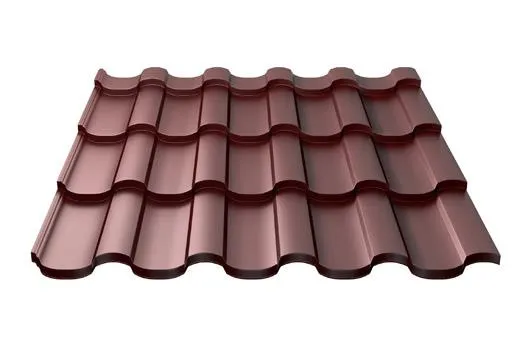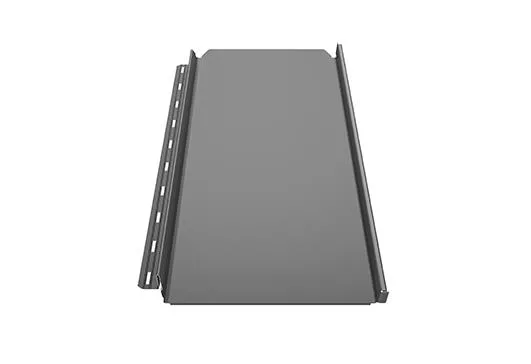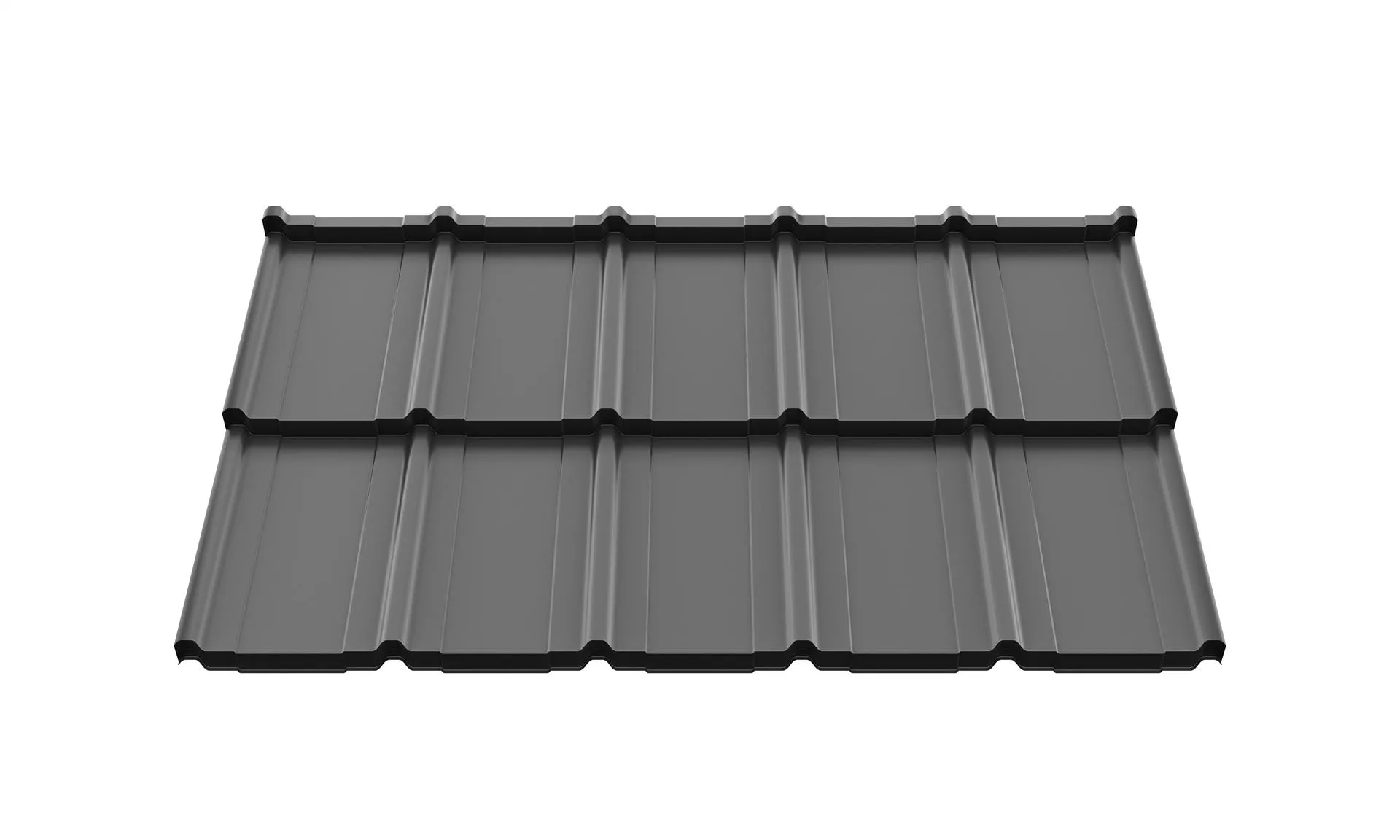1. Elevate Your Project with Expert Collaboration
Begin your roofing adventure by securing reputable professionals. Partnering with seasoned experts ensures your project benefits from thorough planning, efficient execution, and strict adherence to guidelines. Your building’s structural engineer is tasked with developing elaborate construction blueprints, which are transformed into reality by good carpenters and specialized roofing contractors.
Consider FTH Solutions, proficient with Ruukki products, adherence to the Near Zero Energy Building (NZEB) standards, and Warm Roof installation procedures, for your project. For bespoke contractor recommendations, connect with us for expert advice.
2. Intelligent Selection and Design of Roofing Solutions
Selecting your roofing materials involves a collaborative discussion with your appointed roofers, our focus will be on the top three roofing styles:
Though fundamental structural requirements remain constant across styles, a dialogue with your roofing team may reveal subtle adjustments based on your chosen design.
Our diverse palette of color options and protective coatings significantly betters the lifespan of your roof by offering enhanced protection against UV damage and abrasions. Our commitment to quality is reflected in our up to 50-year warranty offer on our products, distinguishing us from less reputable manufacturers. Investing in well-established names like Ruukki, combined with premium coating options, is a strategic choice for long-term roof protection.
For a comprehensive roofing solution, ensure that all supplementary components such as ridge caps and end trims are procured from a uniform source. By employing our services at FTH Solutions, we can analyze your project requirements to identify essential components and calculate accurate material quantities.





